| Is Indonesia At a Crossroads in Perpetuity? |
| Commentary by Wayne Forrest |
| I’ve recently read several articles about Indonesia at a strategic crossroads related to China and the US, obviously related to US tariffs. It was a kind of déjà vu.
In a famous Simpson’s 2004-episode Homer and Marge are uncharacteristically flying first class and Homer picks up an Economist(with a fictional cover) and says to Marge: “Did you know Indonesia is at a crossroads?” Marge asks what he thinks of that, and Homer deadpans, “It is!” The Economist responded in the real world: just four days after the episode aired, the magazine ran an article titled “Investing in Indonesia,” in which it described Indonesia as being “at a crossroads”—clearly a cagey reference to Homer’s line. Then, about seven months later, the magazine went for the cover with the headline “Indonesia at a Crossroads.” And its kept this up for years: In 2013, it ran an article titled “Is Indonesia at a Crossroads? “In 2014, it included a line in an article called “The Empire Strikes Back,” saying the incoming President Jokowi “as a great man once put it, is at a crossroads.” And most recently, on November 20, 2024, The Economist published another article titled “Indonesia Is at a Crossroads.” It turns out that this stock phrase has not only been around as far back as a 1946 article in Pacific Affairs, “Indonesia At A Crossroads”, it can be found in dozens of articles in publications such as the Wall Street Journal (2014, 2015); Brookings (2001); Eurasia Review (2025); Lowy Institute (2014); Asia Times (2024); Channel NewsAsia (2020); South China Morning Post (2014) and many others. Just this month the Indonesian Business Post published “Indonesia at a Crossroads: Navigating the Declining Dominance of the U.S., the Rise of China” (August 5, 2025) Wow, so many years at a crossroads, so many years at a critical juncture: where the future could change direction dramatically, where multiple economic and political paths are possible, and, where a wrong choice could lead to decline or trouble. If one believes the metaphor, Indonesia has resiliently beaten all odds and survived. In its choice between socialism, communism, and capitalism, it chose capitalism. It chose democracy over autocracy after 1998. It chose a diversified economy over one dominated by natural resources and secular pluralism over state-sponsored religion. To be sure there is the counter narrative that its capitalism is heavily state-controlled with large state-owned corporations dominating many sectors. Also, its democracy has not deepened greatly beyond periodic elections and those following minority religions are subject to many indignities and unnecessary regulations. Discontent exists in Indonesia, as in most countries, but faith in the government and the future is surprisingly high. Like clockwork the economy grows at 5% and Indonesians are healthier and wealthier than in past generations. Indonesia has proven its stability time and again and rather than seeing the country on some kind of precarious path, its more valuable to assess how well it balances the range of social, economic, political, and cultural forces it confronts. Its time to retire the “perpetually-at-a-crossroads” theme and replace it with an analytical device more appropriate to Indonesia’s current context and recent past. One that immediately comes to mind is balance. I define “balance” in a Javanese way where the end result can be ambiguous. Most of Indonesia’s national leaders have been Javanese (the nation’s dominant ethnic group). They value harmony/stability in a world seen as an interconnected whole: humans, nature, and the divine. Balance means aligning human life with the natural cycles and spiritual order—avoiding extremes and disharmony that could disturb the cosmic order. Rituals, offerings, and traditional arts (like gamelan or wayang) are often meant to “maintain balance” between the seen and unseen worlds. In Javanese society and politics (and this has become generalized throughout the country) conflict is to be avoided or mediated subtly; direct confrontation is seen as breaking the balance. Decisions are often made through musyawarah (deliberation) until mufakat (consensus) is reached, preserving group harmony. Personal self-control and humility are high virtues. A leader’s job is to maintain harmony between competing forces. Too much tilt toward one side risks social unrest and cosmic imbalance. Here are the major balancing factors. 1. Authoritarianism vs. Democracy
2. Centralization vs. Decentralization
3. Resource Dependence vs. Diversified Economy
4. Secular Pluralism vs. Religious Conservatism
5. Nationalism vs. Global Integration
6. Environmental Protection vs. Rapid Exploitation
Besides viewing Indonesia as a nation striving to achieve a balance in its international relations, internal politics, and economic models, we also must have sympathy for the inherent state of ambiguity the country may find itself. It does not want to see itself as making a choice at a crossroads (i.e. between the US and China, between a social welfare or a capitalist economy, between a secular society or one informed by Islam). In my experience, Indonesians are comfortable with the ambiguity created by maintaining the balance. Outsiders, less so. And in another kind of balance, Indonesia’s wrestles with our impatience. (The views represented are the writer’s own and are not necessarily shared by members of the American Indonesian Chamber of Commerce) |
American Indonesian Chamber of Commerce
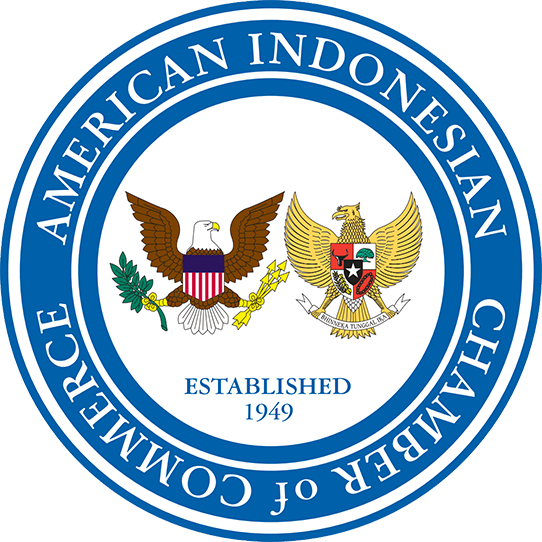
- HOME
- ABOUT AICC
- The History of AICC
- Major Initiatives
- Trade, Tourism, and Investment Program (TTI)
- Opportunity Indonesia
- Introducing Indonesia: Scholastic Ambassador Program
- Preventing A Lost Generation
- Comprehensive Indonesian-English Dictionary
- Sustain Sumatra
- 10 Year’s After: A nationwide public awareness program
- Support to Mandiri Craft
- Congressional Staff Visit
- Business and Cultural Programs in Dallas, Texas
- US-Indonesia Women’s CEO Summit
- Topeng Sehat: AICC Initiative Against COVID-19
- 2021 Shipping NYC Surplus PPE To Indonesia
- Board of Directors
- Membership Benefits
- FAQ
- Membership Registration and Forms
- EVENTS
- LINKS
- TRADE LEADS
- LATEST NEWS/COMMENTARY
- DOING BUSINESSS
- COUNTRY DATA
- BLOG POSTS
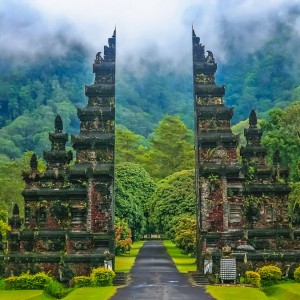
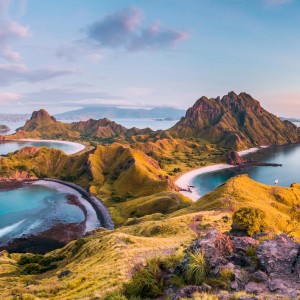
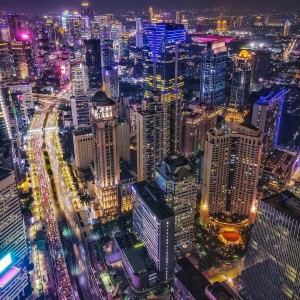
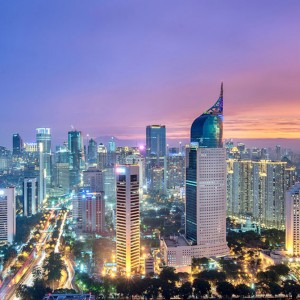
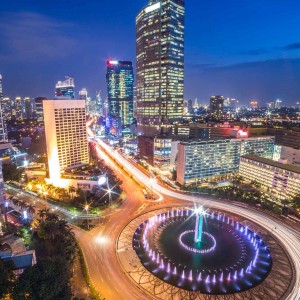
AMERICAN INDONESIAN CHAMBER OF COMMERCE





